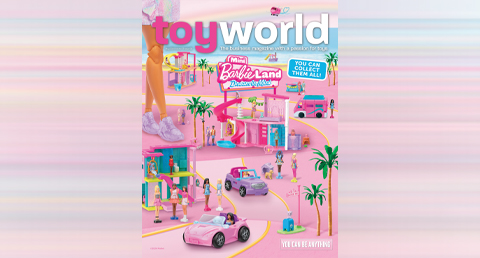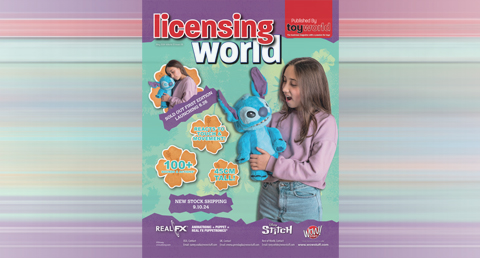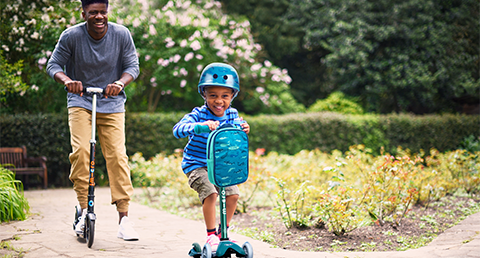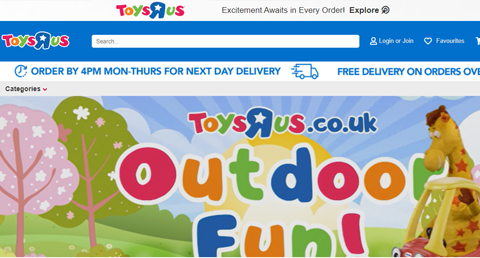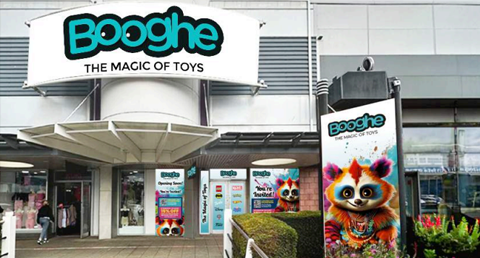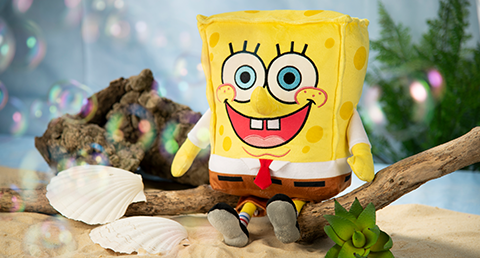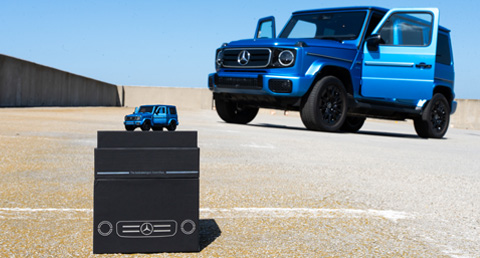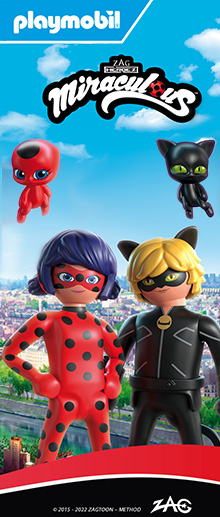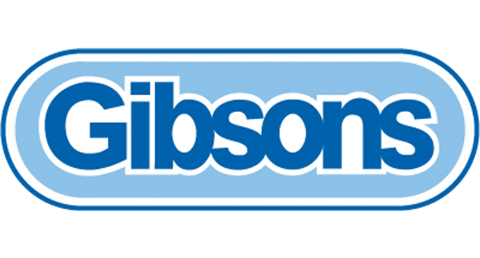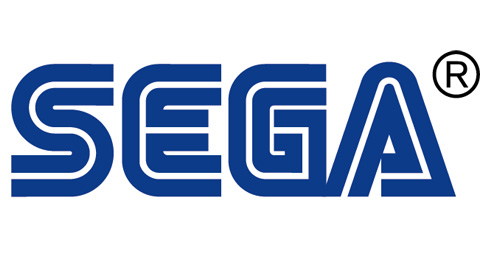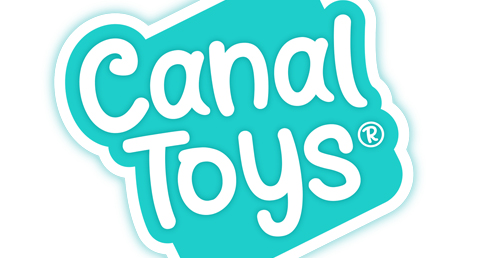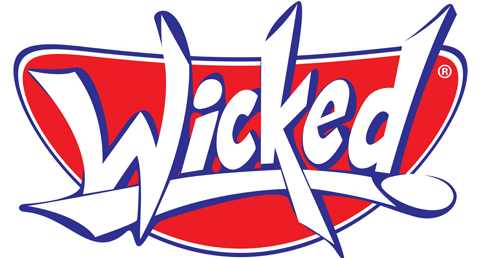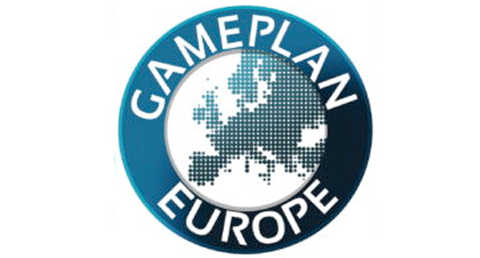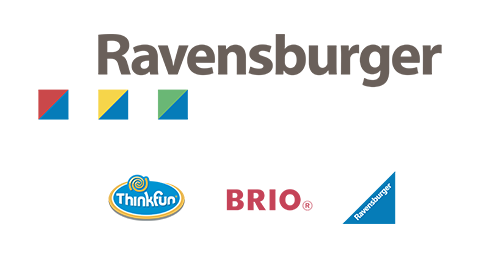Barbie has partnered with British model Ellie Goldstein to add a new doll with Down’s syndrome to the Fashionistas line.

British model Ellie Goldstein poses with Barbie’s first doll with Down’s syndrome, the newest addition to the Fashionistas line
The doll is one of the newest additions to the Barbie Fashionistas line, to allow more kids to be represented through a doll and enable more stories to be told through play.
The Barbie Fashionistas line is the brand’s most inclusive range; since its inception in 1959 Barbie has introduced more than 175 looks with variety of skin tones, hair textures, body diversity and dolls reflecting people with disabilities. The line has featured dolls who use wheelchairs, prosthetic limbs, hearing aids, dolls with vitiligo and a doll without hair. This is the first Barbie doll to be introduced with Down’s syndrome, expanding the Fashionistas line to include a person with an intellectual disability, enabling even more people to see themselves in Barbie.
Ellie, who has Down’s syndrome herself, was excited to see the doll for the first time on a fashion shoot. The 21-year-old is one of fashion’s rising stars and the UK’s most prominent model with Down’s syndrome. Ellie advocates for a broader view of beauty across the fashion industry, making history as the first model with the condition to feature in major international campaigns for brands such as Gucci Beauty and Adidas. She is one of British Vogue’s cover stars this May, and is also named one of the Business of Fashion 500, a list of people shaping the global fashion industry.
Ellie said “I am so happy that there is a Barbie with Down’s syndrome. Diversity is important to me as people need to see more people like me out there in the world and not be hidden away.”

Barbie has brought the new doll to life in close partnership with the National Down Syndrome Society (NDSS) in the USA. As the first-ever Barbie doll with the condition, it was important to the brand that the doll not only accurately represented a person with Down’s syndrome but celebrated the Down’s syndrome community – through the Barbie’s clothing, accessories and packaging.
Consultation with the NDSS and medical professionals informed the design process, introducing a new face and body sculpt to be more illustrative of women with the syndrome, including a shorter frame and a longer torso. The new face sculpt features a rounder shape, smaller ears, and a flat nasal bridge, while the eyes are almond shaped. The doll’s palms even include a single line, a characteristic often associated with those with Down’s syndrome.
“It was an honour working with Barbie on the Barbie doll with Down syndrome,” said Kandi Pickard, NDSS president and CEO. “This means so much for our community, who for the first time, can play with a Barbie doll that looks like them.”

In the UK, Carol Boys, chief executive of the UK Down’s Syndrome Association said: “As the only charity in the UK supporting all aspects of Down’s syndrome, we often hear from families who feel their children are not represented enough in the mainstream media. We therefore welcome the fact that children in our community will be able to play with a doll that represents them and their lives.”




